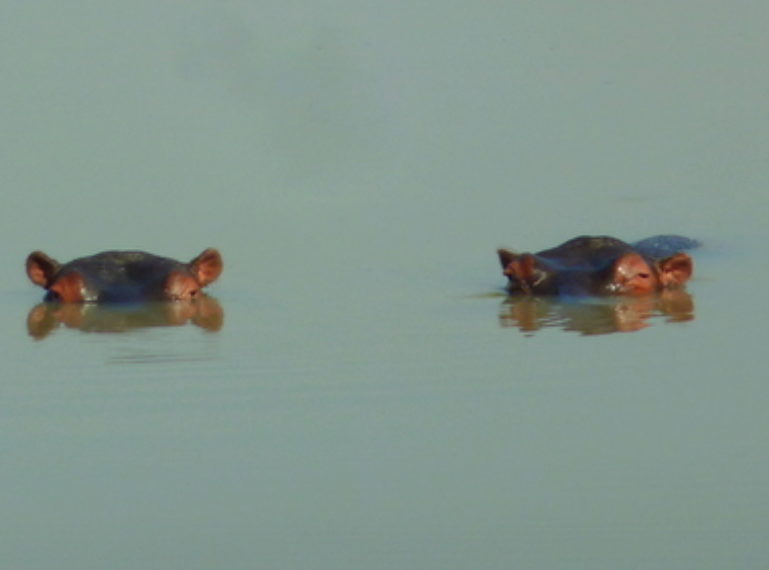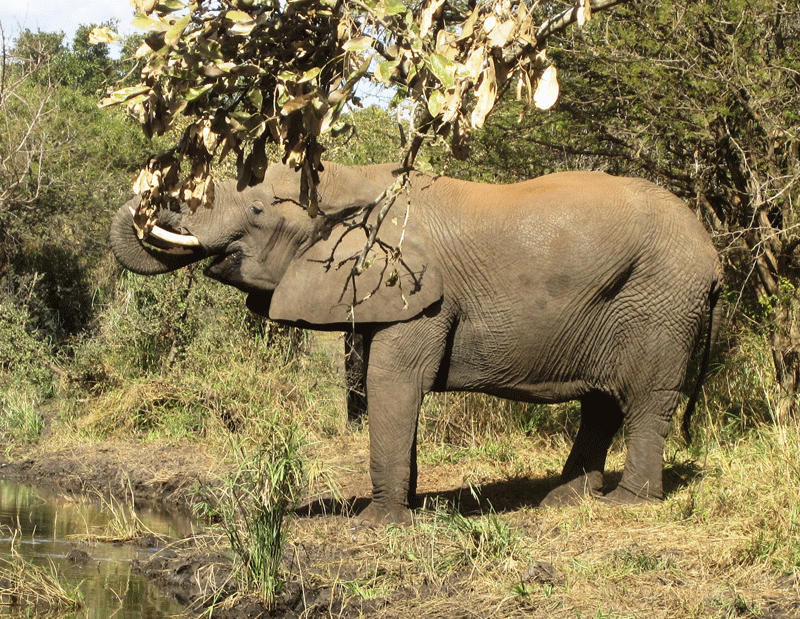
There is so much beneath the surface of what you see on safari, it is certainly impossible to leave after your holiday knowing everything there is to know. The dynamics between certain animals, the symbiotic relationships, the dominance and territorial behaviours, and even the act of parenting are different throughout the wildlife kingdom. To keep your bush knowledge up to date and to keep learning these fascinating aspects of nature, we bring you Beautiful Bush Facts – a series of short video clips narrated by some of the guides at our top notch safari camps.
Here, at Nokana Safari Camp in the Greater Kruger region, guests get a wide experience of the area, indulging in day trips to the Kruger National Park, game drives in private big 5 game reserves, boat cruises on the Kruger’s Olifants River, and bush walks in private conservancies. The latest series of #BeautifulBushFacts is fresh from Nokana and includes the surprising parenting behaviour of African jacanas; the interesting explanation behind the shape of waterbuck horns; and the reason for the African darter’s wing-drying pose.
Take a look:
African jacanas build floating nests in the reeds, which are not anchored down in any way. While they are not physically protecting the eggs, the birds will cover the nest with grass and other river debris to hide it from predators. This bird is among those which are ‘polyandry’, meaning the females have many partners. See where this interesting dynamic leaves the eggs and the chicks of Africa jacanas in this video…
http://youtu.be/uF2mwtS1_bg?list=UUdMuQ1v4MRXTIdbqqw27bRA
The waterbuck has its typical ‘toilet seat’ markings around its tail and the males have great, big horns that reach straight up and then curve forward. Have you ever wondered why this is? Evolution at its finest. Find out here:
http://youtu.be/XREqEzAEiOY?list=UUdMuQ1v4MRXTIdbqqw27bRA
The African darter is typically seen perched on a log or a rock in or near to water with its wings spread out to the sides. These birds are also referred to as snakebirds because of the appearance they take on when the swim with just their head and neck sticking out. Find out why these water birds need to dry their wings out while others don’t.
http://youtu.be/ZWOfSwWBWzc?list=UUdMuQ1v4MRXTIdbqqw27bRA

Leave a Comment